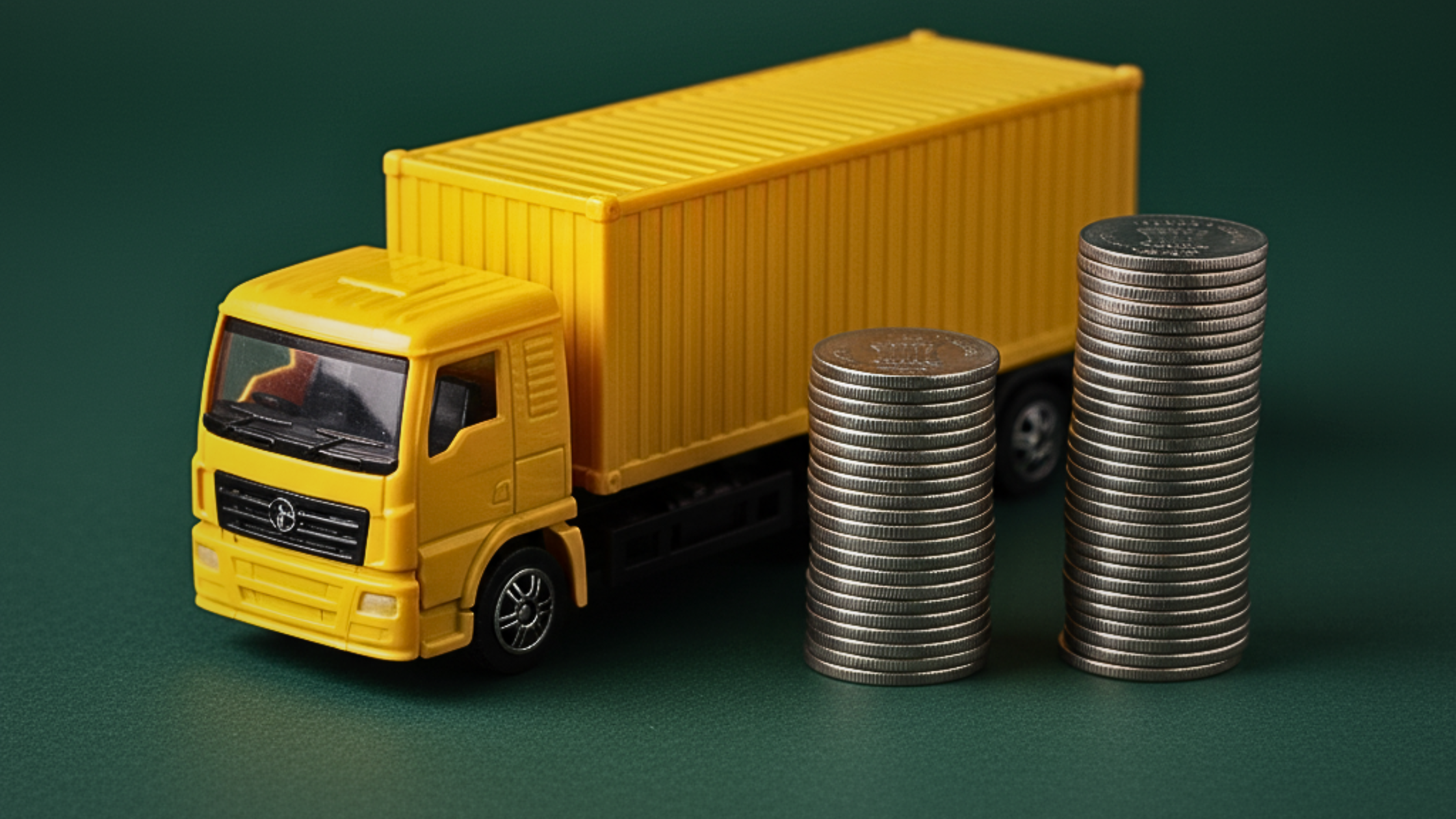
India's logistics cost stands at ₹24.01 lakh crore, equivalent to 7.97% of GDP and 9.09% of non-services output, per NCAER–DPIIT 2024 report. Despite rising fuel costs, logistics efficiency improved between FY22 and FY24 (CAGR of logistics cost: 7.58% vs non-services output: 10.61%). The goal is to achieve global competitiveness under the National Logistics Policy 2022 and PM Gati Shakti, targeting sub-8% GDP share and top 25 LPI ranking by 2030.
Multimodal break-even: Rail becomes cheaper beyond 600 km (1,000 km for 100 km last mile).
• Standard: ₹30/sq ft/month
• Temperature-controlled: ₹58.5/sq ft/month (+95% premium)
• Hazardous goods: ₹56/sq ft/month
• Cost Drivers: Manpower (30%), Premises (20%)
• Container (JNPT → Delhi): Import ₹1,00,000 | Export ₹89,000
• Air Cargo (Mumbai–Pune, 3T): Import ₹54,300 | Export ₹12,700
• Insight: Port & airport charges dominate total logistics cost.
• Road: 42% fuel cost, 40% empty runs, fragmented regulation.
• Rail: Poor first/last mile connectivity, limited capacity.
• Waterways: Seasonal disruptions, inadequate terminals.
• Air: Sparse regional routes, weak infrastructure.
1. Infrastructure: Dedicated Freight Corridors, MMLPs, deeper waterways.
2. Technology: GPS visibility, digital freight exchanges, automation.
3. Policy: Cross-state harmonisation, green incentives.
4. Measurement: Regular cost benchmarking.
• SME vs Large Enterprise: 16.9% vs 7.6% logistics cost (9.3 pp gap).
• Fuel = 42% of road cost sustainability imperative.
• Rail multimodal ideal for >600 km lanes.
• Real-time benchmarking key under NLP 2022.
With logistics costs near 8% of GDP, optimising networks through digital orchestration is vital. FreightFox empowers manufacturers to cut volatility, improve payload efficiency, and achieve sustainable logistics performance.
Source: NCAER – Assessment of Logistics Cost in India (DPIIT, Sept 2025)
For Detailed Report Refer to the DPIIT Release.
Contact us for your assessment and collaboration at nitish@freightfox.ai
+91 70280 17249